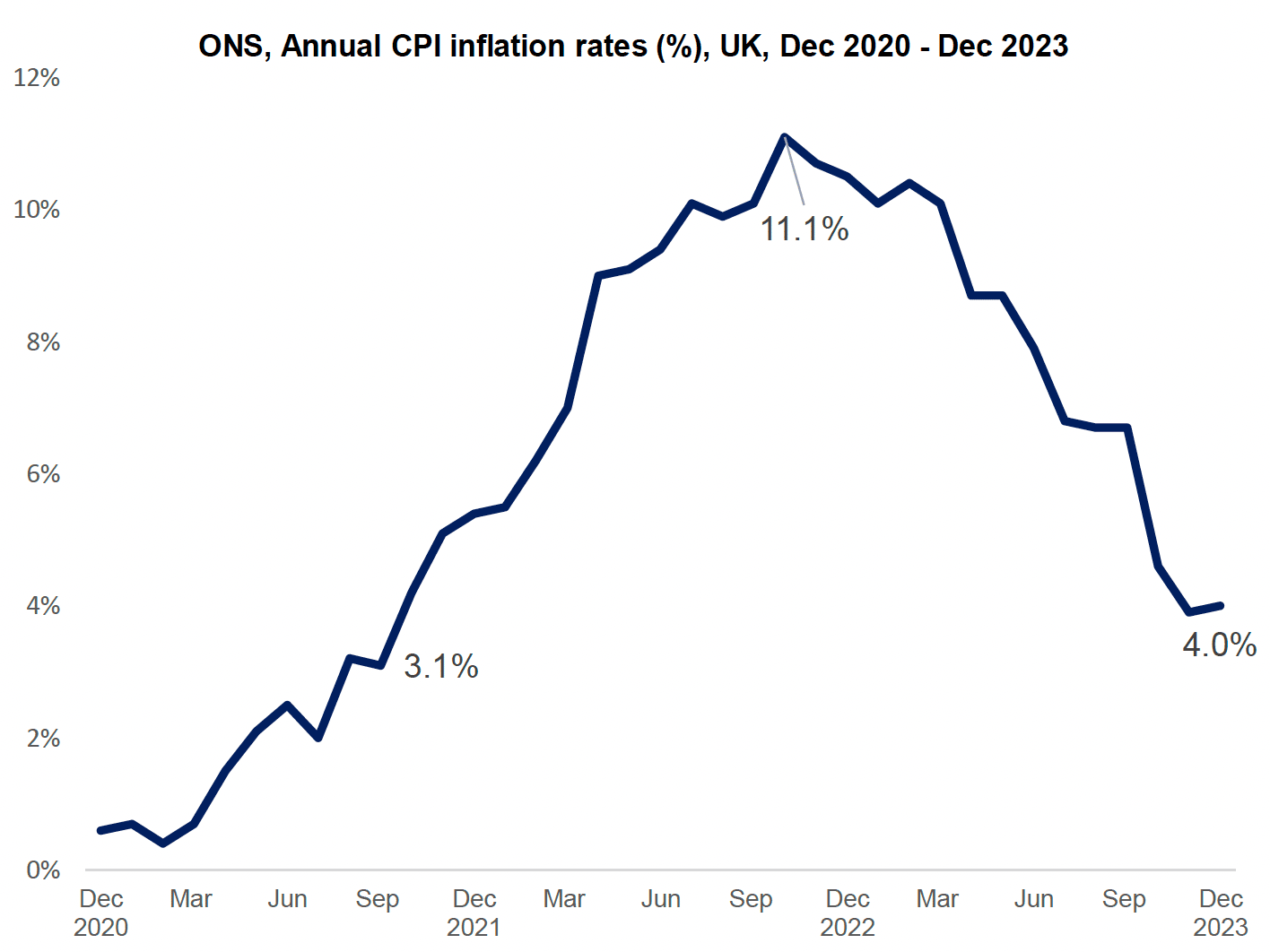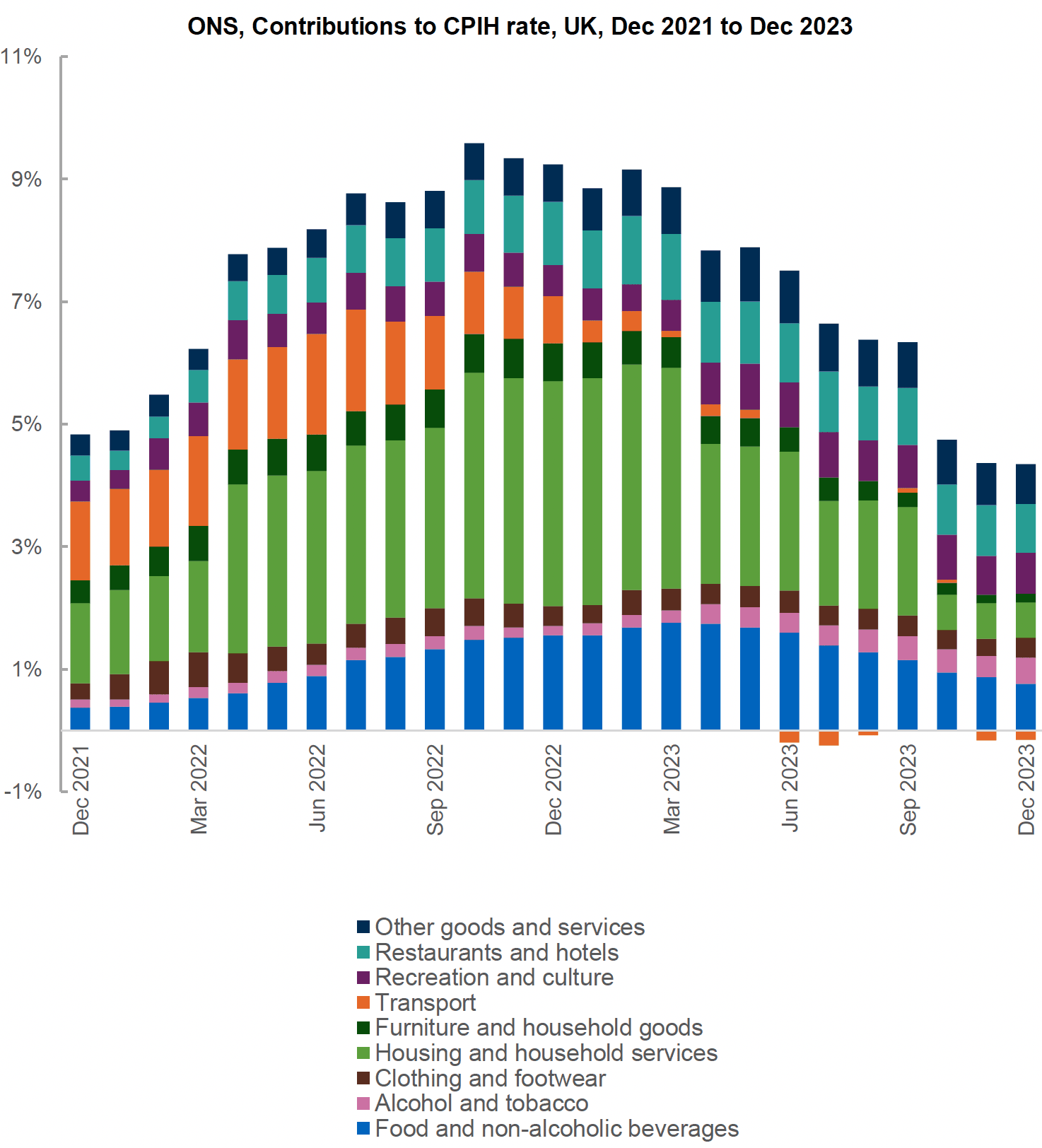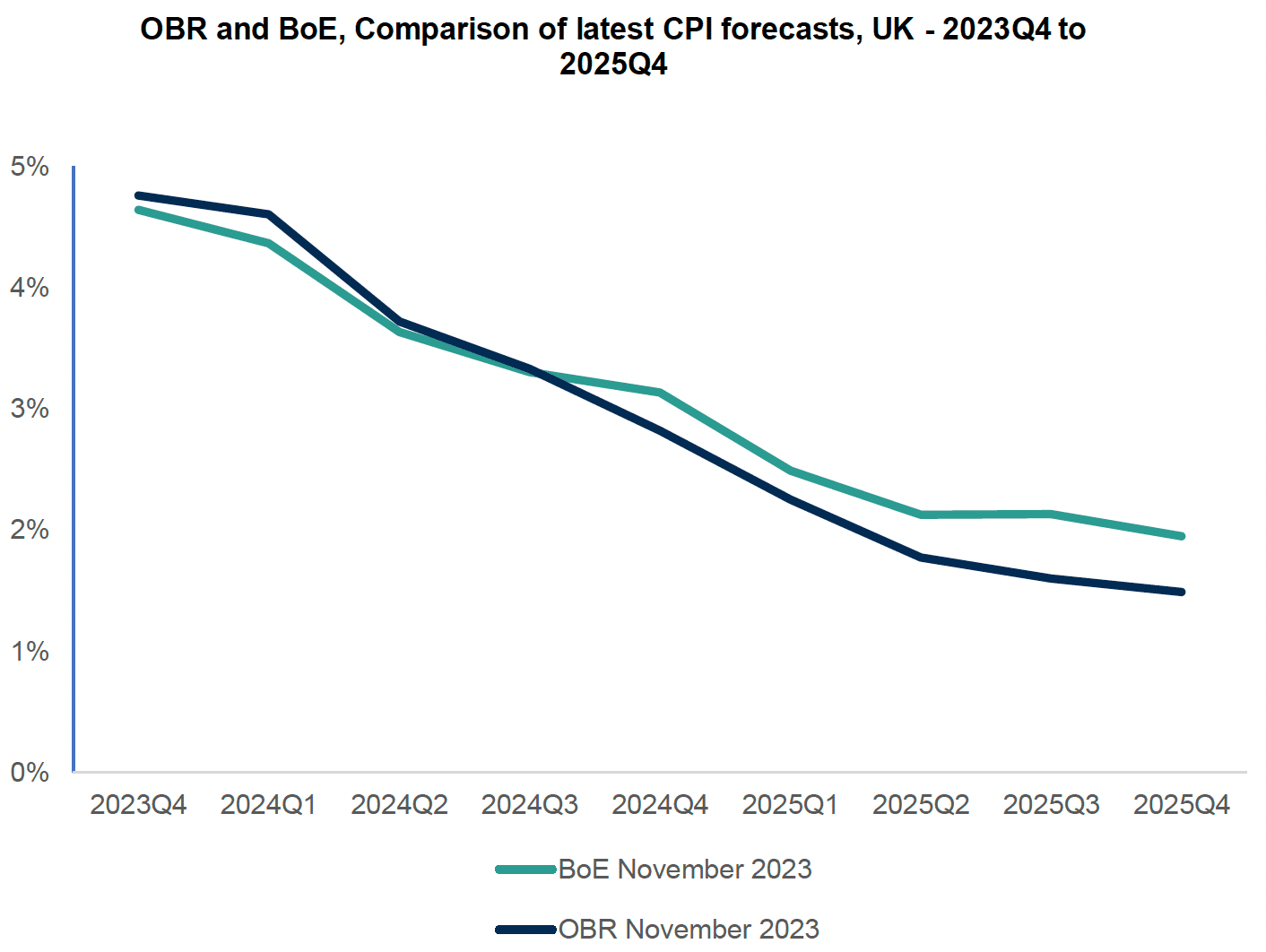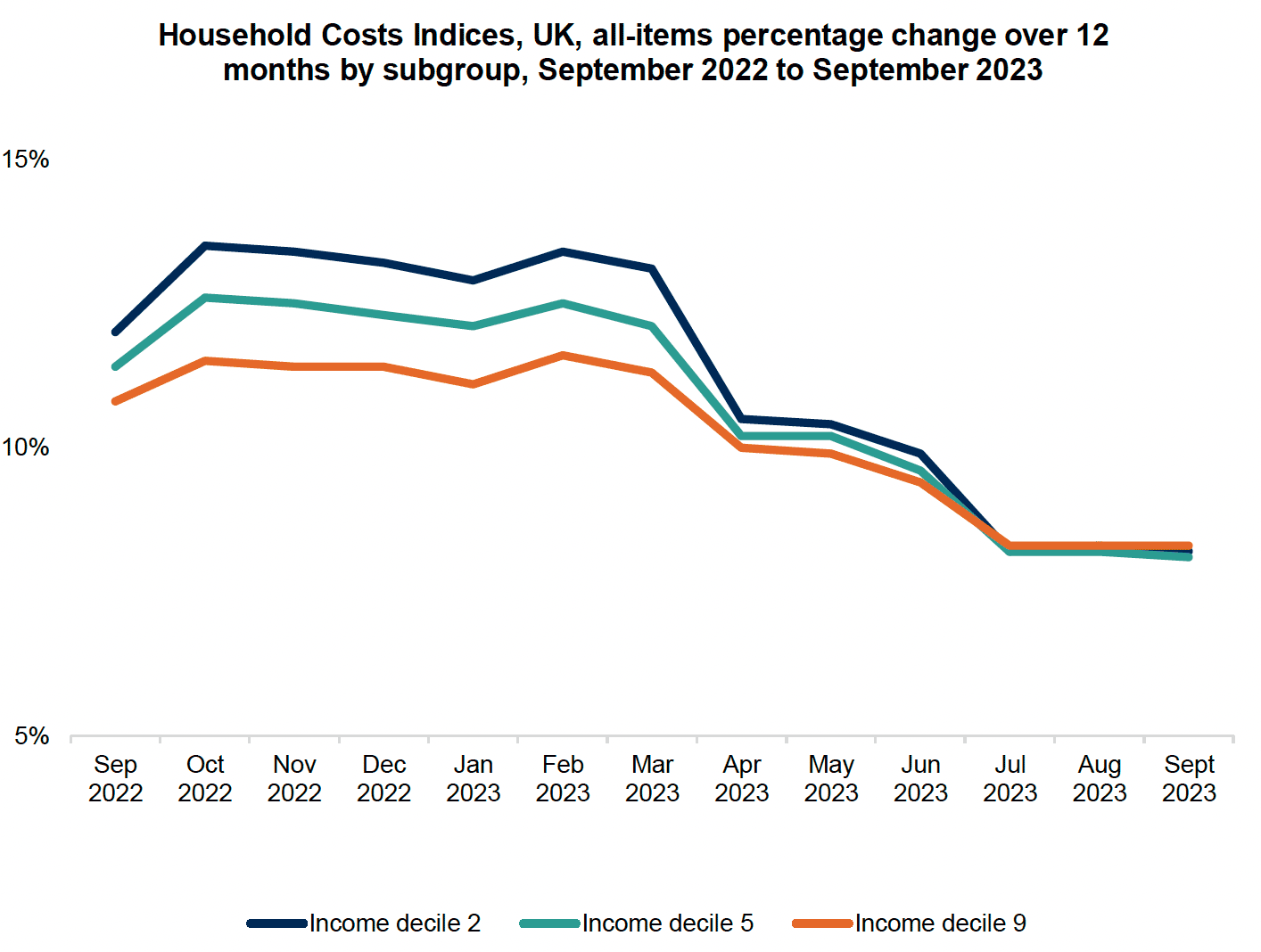Up-rating devolved Social Security assistance: multi criteria decision analysis - January 2024
A report setting out a multi-criteria decision analysis of the options available to the Scottish Government to uprate devolved social security assistance in 2024 to 2025.
Introduction
10. This report sets out a Multi-Criteria Decision Analysis of the options available to the Scottish Government to uprate devolved social security assistance in 2024-25. This analysis only considers the uprating of devolved social security assistance delivered by Social Security Scotland.
What is uprating?
11. Uprating is the regular review of the nominal value of devolved social security assistance to maintain their real value[1] as prices rise in the economy.
Purpose of uprating
12. Following the Scottish Ministers' review under section 86A of the Social Security (Scotland) Act 2018, Scottish Ministers are obliged to uprate certain rates of benefits specified in section 86B of that Act. Other benefits delivered under that Act need not be uprated and Ministers must decide whether to uprate those other rates of benefits. Where uprating does take place it should be designed so the true value of benefit rates keep pace with changes in prices[2]. Inflation[3] affects standards of living because as prices rise relative to income in the economy, families can buy less with their income. Uprating aims to prevent this by increasing the nominal value of devolved social security assistance by inflation to maintain clients’ purchasing power.
Uprating and its effect on real value of devolved social security assistance
Table 1
Scenario:
- When the rate used to uprate is higher than the inflation rate the real value of the benefit increases.
- When the rate used to uprate is lower than the inflation rate the real value of the benefit decreases.
- When the rate used to uprate is the same as the inflation rate the real value of the benefit is maintained.
Cost of living crisis
13. Inflation in the UK began to rise steadily in mid-2021 and although it has remained higher for longer than forecasters initially expected[4], more recently it has begun to fall. The November 2023 12 month CPI rate of 3.9%[5] was the lowest since September 2021 and compares with a peak of 11.1% in October 2022. See Figure 1.

Source: Consumer price inflation from the Office for National Statistics
14. High inflation has largely been driven by energy price increases (within Housing and household services) to date, but their impact has decreased in recent months partly due to a reduced energy price cap and also a base effect[6]. Although their contribution to overall inflation has been steadily declining since Spring 2023, increases to food prices remain the second-biggest contributor to inflation of any price category, see Figure 2.

Source: Consumer price inflation from the Office for National Statistics
15. Forecasters expect inflation to fall further in the coming months. The latest Office for Budget Responsibility forecast predicts that inflation will fall back below the target level of 2% by mid-2025. See figure 3:

Source: Office for Budget Responsibility[7] and Bank of England[8]
16. Inflation does not affect all groups in society equally. The types of households who are likely to be recipients of devolved social security assistance have been particularly affected by inflation and an increased cost of living. There is evidence a higher proportion of disabled people than non-disabled people are spending less on food shopping and essentials due to increases in the cost of living[9] and that lower income households have experienced higher inflation rates than higher income households[10]. See Figure 4 showing Household Costs Indices for lower income deciles (lowest incomes are represented by decile 2).

Source: Office for National Statistics[11]
2023-24 Uprating approach
17. Governments have different approaches to uprating social security assistance. Annex B provides an overview of uprating practices across Europe. There is no general consensus amongst countries of an optimal uprating approach. There is variation across Europe on the timing and frequency of uprating, and metric and reference periods used to uprate social security assistance.
18. In April 2023, all devolved assistance (except Scottish Child Payment which was uprated early when increased to £25 in November 2022) were uprated by the September 2022 Consumer Price Index (CPI) rate of 10.1%. This is in line with the approach taken by the UK Government and the latest Scottish Government uprating position published in a 2019 policy paper[12]. This approach was a departure from the prior two years where in response to the exceptional circumstances arising through COVID-19 and then rising inflation, Scottish Ministers decided to apply enhanced uprating to a range of devolved assistance to increase the financial support provided to clients. Although the September 2022 CPI rate was applied in April 2023 with no enhanced uplift, this exceeded the rate of inflation at the time it was applied (10.1% vs 8.7%). See table 2 below.
Table 2
Year: April 2021
Approach taken: Uprated a range of devolved assistance by an enhanced rate of 1% (September 2020 CPI was 0.5%).
Year: April 2022
Approach taken: Uprated a range of devolved assistance by an enhanced rate of 6% (September 2021 CPI was 3.1%).
Year: April 2023
Approach taken: Uprated all devolved assistance by September 2022 CPI rate of 10.1%.
Why use a multi-criteria decision analysis to assess uprating options for 2024-25?
19. The Green Book[13] is used by the UK and Scottish Governments as guidance to undertake options appraisals of proposals that concern public spending. Different options for uprating devolved social security assistance have the potential to lead to higher or lower expenditure for the Scottish Government and different financial outcomes for clients.
20. The techniques set out in the Green Book prioritise policy options by their relative value for money for the taxpayer – as defined by cost benefit analysis metrics e.g. Benefit Cost Ratios and Net Present Values. However, this form of explicit value for money assessment is not normally undertaken for transfer payments (e.g. social security benefits) as they are normally excluded from social values analysed in economic appraisals as they do not affect output or consumption of resources. There is also a direct inverse relationship between government expenditure and financial outcomes for benefit clients, so assessing uprating options based on their expected costs and benefits to the economy as a whole would not be appropriate.
21. Scottish Government officials agreed a more appropriate approach would be to undertake a multi-criteria decision analysis where each option could be assessed against agreed criteria. This report sets out the results of that analysis.
22. This report will broadly follow the stages set out in the Green Book supplementary guidance[14]. The following sections will:
a) Define the options.
b) Define the criteria.
c) Score the options.
d) Examine the results and provide a recommendation.
Contact
Email: ceu@gov.scot
There is a problem
Thanks for your feedback